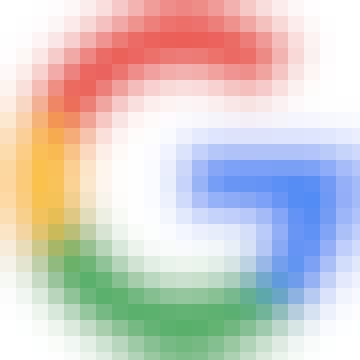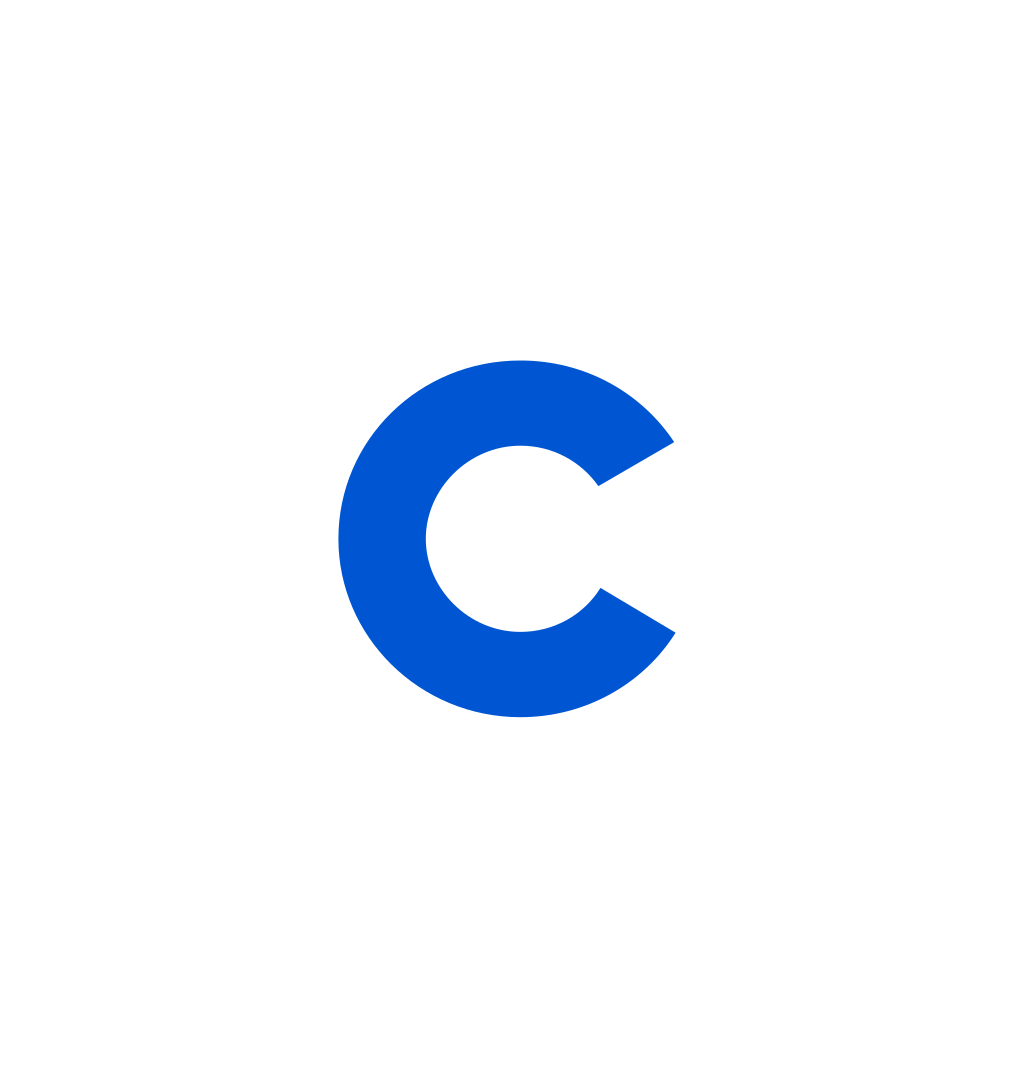Software as a Service: Examples to Know in 2025
Software as a service, or SaaS, is a business model for software providers to offer access to their centrally hosted products for a subscription fee. Read on to learn eight software as a service examples and gain insight into their business models.
![[Featured Image] A woman sits at a desk and participates in a virtual meeting, one of many software as a service examples.](https://d3njjcbhbojbot.cloudfront.net/api/utilities/v1/imageproxy/https://images.ctfassets.net/wp1lcwdav1p1/1vr1NTNkUIzaE4bd7I9Cad/ac7f5cdd4f46146e1fcb6792f4d08c92/GettyImages-1253792531.jpg?w=1500&h=680&q=60&fit=fill&f=faces&fm=jpg&fl=progressive&auto=format%2Ccompress&dpr=1&w=1000)
With nearly two decades of use, software as a service is well-established. Today, almost all businesses and consumers use some form of it, and growth is expected to continue in the coming years. You likely use some form of SaaS already in your daily life. For example, many professionals use Microsoft 365, a common SaaS example where users pay a monthly or yearly subscription fee for access to office and calendar tools and email access.
Read on to discover eight examples of software as a service samples, the services they offer, and their business models for earning income.

professional certificate
Google IT Support
Get on the fast track to a career in IT. In this certificate program, you’ll learn in-demand skills, and get AI training from Google experts. Learn at your own pace, no degree or experience required.
4.8
(182,745 ratings)
1,743,314 already enrolled
Beginner level
Average time: 6 month(s)
Learn at your own pace
Skills you'll build:
Cybersecurity, Wireless Security, Cryptography, Network Security, Directory Service, Lightweight Directory Access Protocol (LDAP), Backup, Domain Name System (DNS), Ipv4, Network Model, Troubleshooting, Binary Code, Customer Support, Linux, Powershell, Linux File Systems, Command-Line Interface
What is software as a service?
Software as a service describes accessing licensed software hosted in the cloud for a subscription-based fee. Instead of purchasing software and downloading it to your device or local computer, you access software as a service through a web browser or application. The company stores the software remotely and allows users to access it.
Software as a service offers benefits for software providers and users alike. Software providers can start small and scale up, offer more integrations, and develop new features over time, all for lower maintenance costs. Customers save money by choosing a tier of service that caters to their specific needs, and they can sometimes test the software for free or at a reduced cost before committing.
You are likely familiar with many software as a service brands already, such as Facebook, X, or Google. Statista projects the software as a service market in the United States will reach $295 billion in 2025 [1].
SaaS, PaaS, or IaaS?
In addition to SaaS, platform as a service (PaaS) and infrastructure as a service (IaaS) are other common types of cloud computing services. The following list briefly examines how each of these models differs and how they relate.
SaaS: Cloud-based software designed for end users
PaaS: Cloud-based platforms where developers can create applications without hosting them
IaaS: Cloud-based, pay-as-you-go infrastructure for things such as servers and storage space
PaaS operates similarly to SaaS, except instead of delivering software directly, it delivers a platform for software. IaaS is slightly different, offering ways to manage applications, runtimes, data, and middleware.
Read more: IaaS vs. PaaS vs. SaaS: Intro to Cloud Computing
Software as a service business models
Software providers create subscription tiers from which the end users can choose. This benefits the customer by allowing them to pay only for services that are essential to their goals and requirements. It also benefits the software provider because they adjust their prices and features based on customer needs. Why? To find the set of tiers that will maximize consumer spending.
Software providers can earn money through monthly or annual subscription fees or by offering additional features such as customer integration and other enterprise-level services or storage fees. SaaS also allows companies to use different marketing techniques, such as offering a limited-time free trial or limited free features, to make their product attractive to potential customers.
Read more: What Does a Software Developer Do? Career Overview + Outlook
Software as a service examples
You likely already recognize software as a service providers you use regularly, such as Microsoft 365, Google, and Facebook. However, with the rise of SaaS, you’re likely more familiar with software as a service example than you realize. Below are eight more SaaS examples, including what they offer and how they earn money.
1. Dropbox
Dropbox offers cloud-based data storage with additional features to make it easier to share with collaborators, back up devices, and add signatures to documents. It also offers state-of-the-art artificial intelligence features, making searching for items and functions within a customized dashboard easy.
Dropbox offers two free gigabytes of storage on its free plan. Subsequent offerings are then between two and 15 terabytes of storage on tiered plans, with additional customization for the number of users. Prices range between $9.99 and $25 monthly per user. Above those tiers, Dropbox offers an enterprise option for companies interested in customized solutions [1].
2. Salesforce
Salesforce offers customer relationship management software to help companies manage sales and marketing more effectively. The software tracks customers through the sales funnel and provides insights and tools for better relationship management and improved profitability.
The platform offers four types of payment plans with customizable options for each. The plan types reflect how they would be used for sales, marketing, or small business. Sales and service plans range from $25 to $500 per user per month [2].
3. Zendesk
Zendesk is an example of a SaaS that offers customer support and sales software. Companies and organizations can use this software for help desk, help request ticket systems, and customer service messaging functionality on their websites.
Zendesk offers a limited-time free trial for new users and then tiers of service in two categories: sales or service. Both offer three service levels at a price per user, with monthly and annual subscriptions available, between $19 and $115 a month per user, depending on services [3]. Beyond tiered service, Zendesk also offers enterprise solutions for customized plans.
4. Slack
Slack is a collaboration software as a service that allows teams to message, share files, and optimize task efficiency. It offers different functionalities and integrations with other software as a service companies, helping teams organize work and communicate more effectively.
Slack offers a free plan for users with limited integrations and features. Next, it offers two tiers of service, Pro or Business+, for $8.75 and $15.00 monthly per user, respectively [4]. Slack also offers enterprise solutions for larger companies that would benefit from customized service plans and an option for government agencies.
5. ClickUp
ClickUp is a software as a service example that offers teams all-in-one task management. Its features include project and task charting, chat with other team members, whiteboards, personalized dashboards, word processors, content management systems, and a wide range of integrations with other software providers.
ClickUp offers a free plan with limited features and storage, then two tiers of service, Unlimited and Business, at $7 and $12 per user per month, respectively [5]. Additionally, ClickUp offers enterprise solutions.
6. HubSpot
HubSpot is another customer relationship management software as a service example. It offers users solutions for everything from marketing and sales to content management and operations.
HubSpot offers separate subscriptions for each of its five service categories. Within each category, HubSpot provides five tiers of service, including free and enterprise options. Prices vary depending on the level of service and category, ranging from $15 per month to $3,800 per month, with some plans adding a one-time onboarding fee [7].
7. Monday.com
Monday.com is a software as a service company that offers solutions for graphic design, software development, marketing, project management, sales, task management, human resources, operations, and more. Monday.com markets itself as a flexible option that allows you to customize your dashboard and workflow views; it also offers many integrations.
Monday.com offers a free plan with limited features and enterprise options for large companies requiring customized solutions and three options between $9 and $19 monthly per user [8].
8. Google Workspace
Google Workspace refers to the suite of tools Google offers to help teams work more productively, including Gmail, Calendar, Drive, Docs, Sheets, Slides, Chat, and more. Google Workspace offers solutions at the individual, business, and enterprise levels.
In addition to free plans and enterprise-level customizations, you can choose between three service tiers priced between $6 and $18 per user per month [9].
Learn more about SaaS
Software as a service, or SaaS, is a growing business model where software providers offer a subscription-based service for individuals and enterprises. You can choose the plan that best suits your needs, offering customization on price and features. Many commonly used programs are SaaS models, including Facebook, Google Workspace, Microsoft 365, and more.
If you’d like to discover more about software as a service, consider a course on Coursera to help you learn new skills and explore a new career. The Cloud Computing Primer: Software as a Service (SaaS) course offered by Codio is appropriate for beginners and takes approximately six hours to complete. This course is also a part of the Cloud Computing Primer for Semi-tech and Business Learners Specialization, making it easier to continue learning more advanced topics after completing the course.
specialization
Cloud Computing Primer for Semi-tech and Business Learners
Cloud Computing Primer for Beginners. Start learning cloud computing technologies in minutes without installing anything!
4.6
(64 ratings)
1,890 already enrolled
Beginner level
Average time: 1 month(s)
Learn at your own pace
Skills you'll build:
infrastructure as a service, Cloud Applications, Platform As A Service (PAAS), Software As A Service (SAAS), Cloud Computing, Cloud Platforms, Cloud Infrastructure
Article sources
Statista. “Public cloud application services/software as a service (SaaS) end-user spending worldwide from 2015 to 2025, https://www.statista.com/statistics/505243/worldwide-software-as-a-service-revenue/.” Accessed July 25, 2024.
Dropbox. “Compare All Dropbox Plans, https://www.dropbox.com/plans.” Accessed July 25, 2024.
Salesforce. “Sales Cloud Pricing and Editions, https://www.salesforce.com/editions-pricing/sales-cloud/.” Accessed July 25, 2024.
Zendesk. “Zendesk Pricing, https://www.zendesk.com/pricing/?variant=405.” Accessed July 25, 2024.
Slack. “Pricing, https://slack.com/pricing.” Accessed July 25, 2024.
ClickUp. “ClickUp Pricing, https://clickup.com/pricing.” Accessed July 25, 2024.
HubSpot. “Marketing Software Pricing, https://www.hubspot.com/pricing/marketing/starter?hubs_content=www.hubspot.com%2F&hubs_content-cta=hsg-nav__link-active&products=marketing-hub-starter_1&term=annual.” Accessed July 25, 2024.
Monday.com. “Monday.com Pricing and Plans, https://monday.com/pricing.” Accessed July 25, 2024.
Google. “Compare Flexible Pricing Plan Options, https://workspace.google.com/pricing.html.” Accessed July 25, 2024.
Keep reading
- October 9, 2024
- November 27, 2024
- September 26, 2024
- November 29, 2023
- September 27, 2024
- October 14, 2024

Coursera Staff
Editorial Team
Coursera’s editorial team is comprised of highly experienced professional editors, writers, and fact...
This content has been made available for informational purposes only. Learners are advised to conduct additional research to ensure that courses and other credentials pursued meet their personal, professional, and financial goals.
Whether you're starting your career or trying to advance to the next level, experts at Google are here to help.

Unlimited access to 7,000+ courses and certificates
Save money and learn in-demand skills from top companies and organizations at your own pace.
